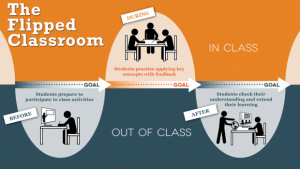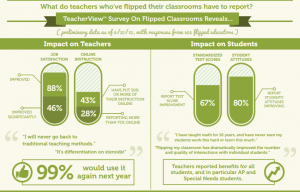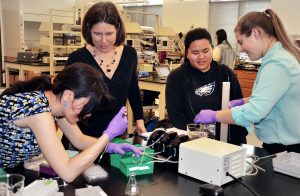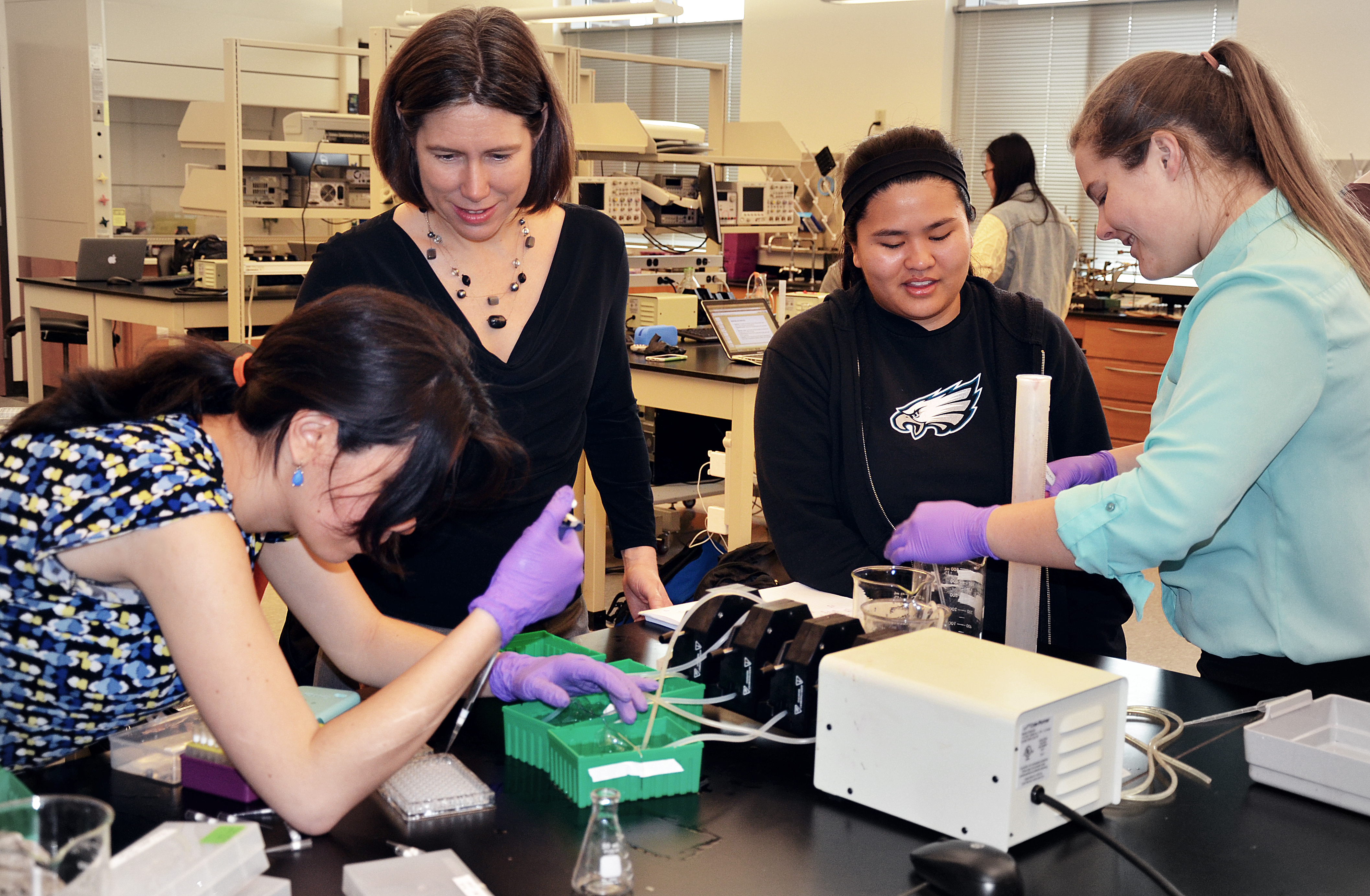STEM teachers are switching to the “flipped classroom” model in high schools, colleges, and universities everywhere. But is there proof that the switch is helping students? And, if so, is there a way to bring flipped learning to your lab courses?

By now nearly every educator has heard about the flipped classroom model. Since its development in Colorado high school science classes, a rapidly growing group of followers have begun shifting the “lecture” portion of their courses outside of class time and bringing more discussion, hands-on experience, and inquiry-based learning to their students while they’re in together as a group. In fact, in 2014, 78% of teachers reported that they had flipped at least one lesson.
Why are so many making the switch? Research suggests that, when properly established, the flipped classroom offers a number of benefits to students, particularly those in higher education and those in STEM fields.
The Benefits of a Flipped Classroom in STEM
A growing body of evidence now suggests that the flipped classroom model is much more than just the latest trend in education.

According to a 2011 study of physics students, both class attendance and engagement increased by 20% or more when the flipped classroom model was put in place. A similar study of Villanova engineering students found that the bottom third of the class could raise their grades by 10% (changing a D+ to a C) when they engaged in an active, flipped classroom. This same increase in success was found in a biology class at the University of Washington where the failure rate of students plummeted from 17% to <4% while the percentage of students who earned an A jumped from 14% to 24%.
For many of our readers, however, these studies still leave a crucial question remaining: can a flipped classroom be just as beneficial in a lab course? How can you create a flipped lab?
How to Create Your Flipped Lab

Due to the inherent hands-on nature of lab courses, the flipped classroom model can be a perfect fit for lab-based students. By adhering to the “Four Pillars of FLIP” and following the recommendations below, you can bring all the benefits of a flipped classroom to your students whether they’re at a desk or at the bench.
- Invest in Video Resources. Many teachers who have already made the switch to flipped learning record their own lectures to assign as pre-class video presentations. But, for the precise work students in your lab courses are doing, professionally developed and produced videos may be a better investment.
- Assign Pre-Lab Videos and Pre-Lab Quizzes. Assign quizzes based on pre-lab videos to clearly assess student comprehension and areas for additional support before the class begins. Basing these quizzes on video content is simple, as some resources provide them along with the videos, and more often successful, as 65% of people are visual learners.
- Guide Course Work, Don’t Lead It. In lab, tailor instruction based on the pre-lab quizzes and encourage your students to demonstrate the techniques they learned. Your guidance should serve as a support for students instead of leading how they interact with the lab.This helps to create a hands-on, inquiry-based learning environment that many cite as being valuable to student comprehension and success.
- Assess, Get Feedback, and Customize. Develop mastery checks that can best assess the learning your students have gained. Compare the demonstrated understanding of a flipped lab procedure to a traditionally taught lab procedure of comparable difficulty to determine success. Be sure to provide opportunities for feedback on the flipped classroom model and customize until you find the perfect learning environment for your students.


